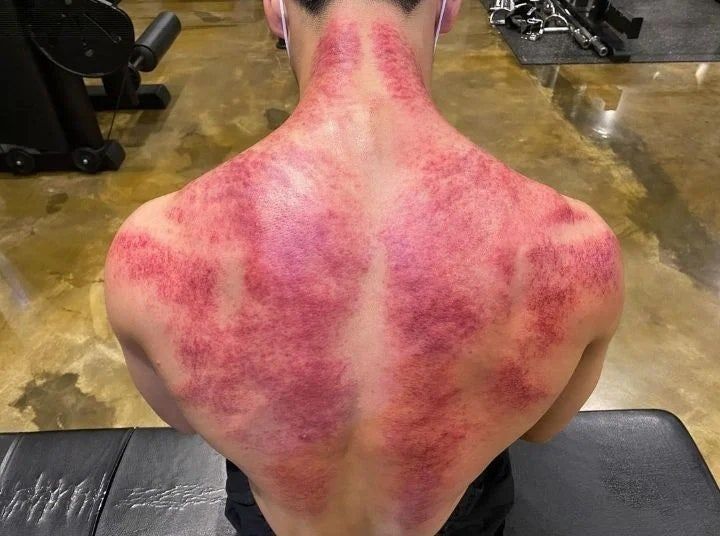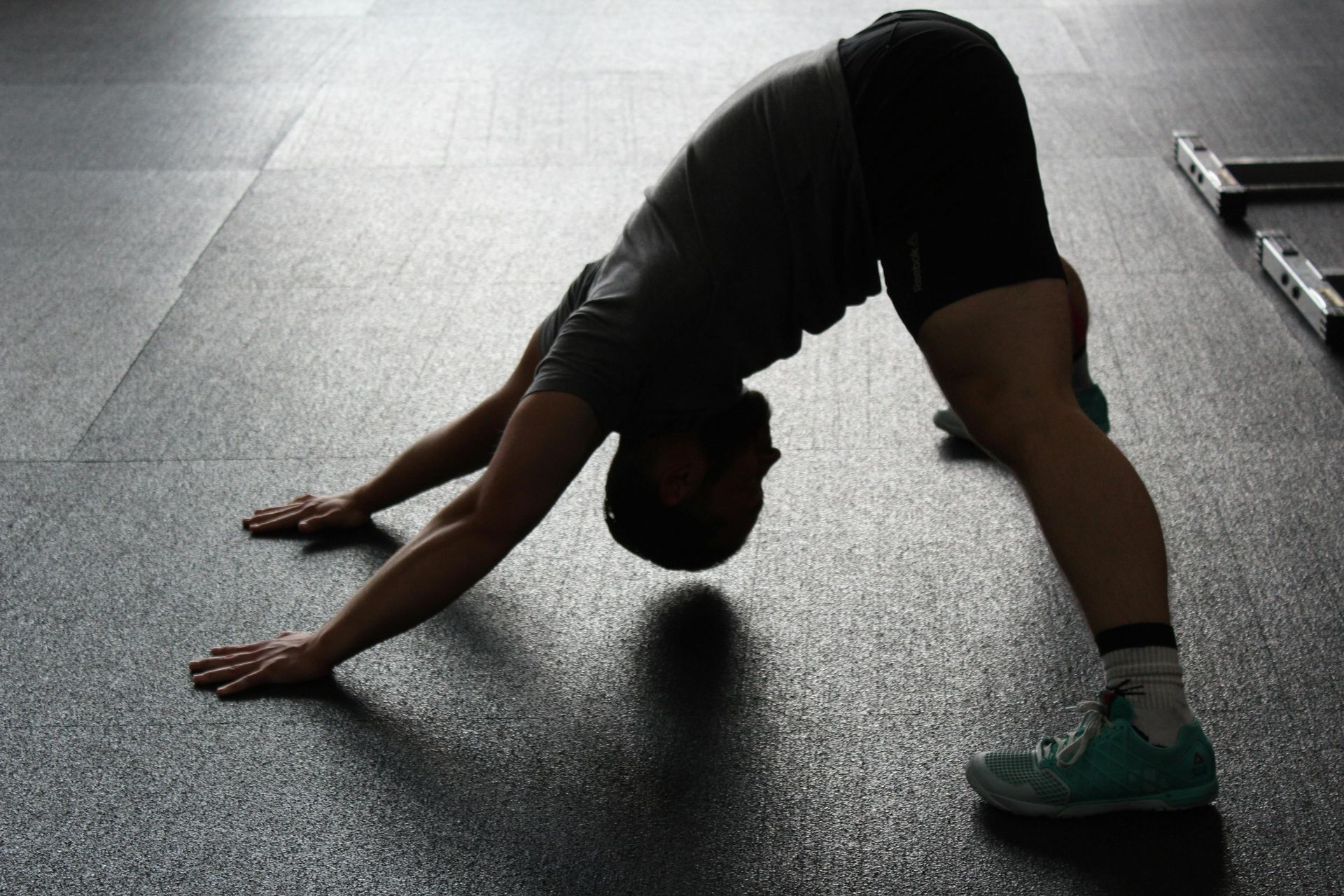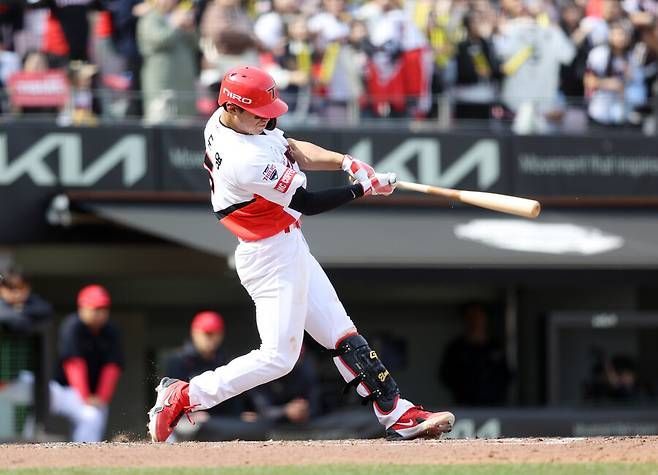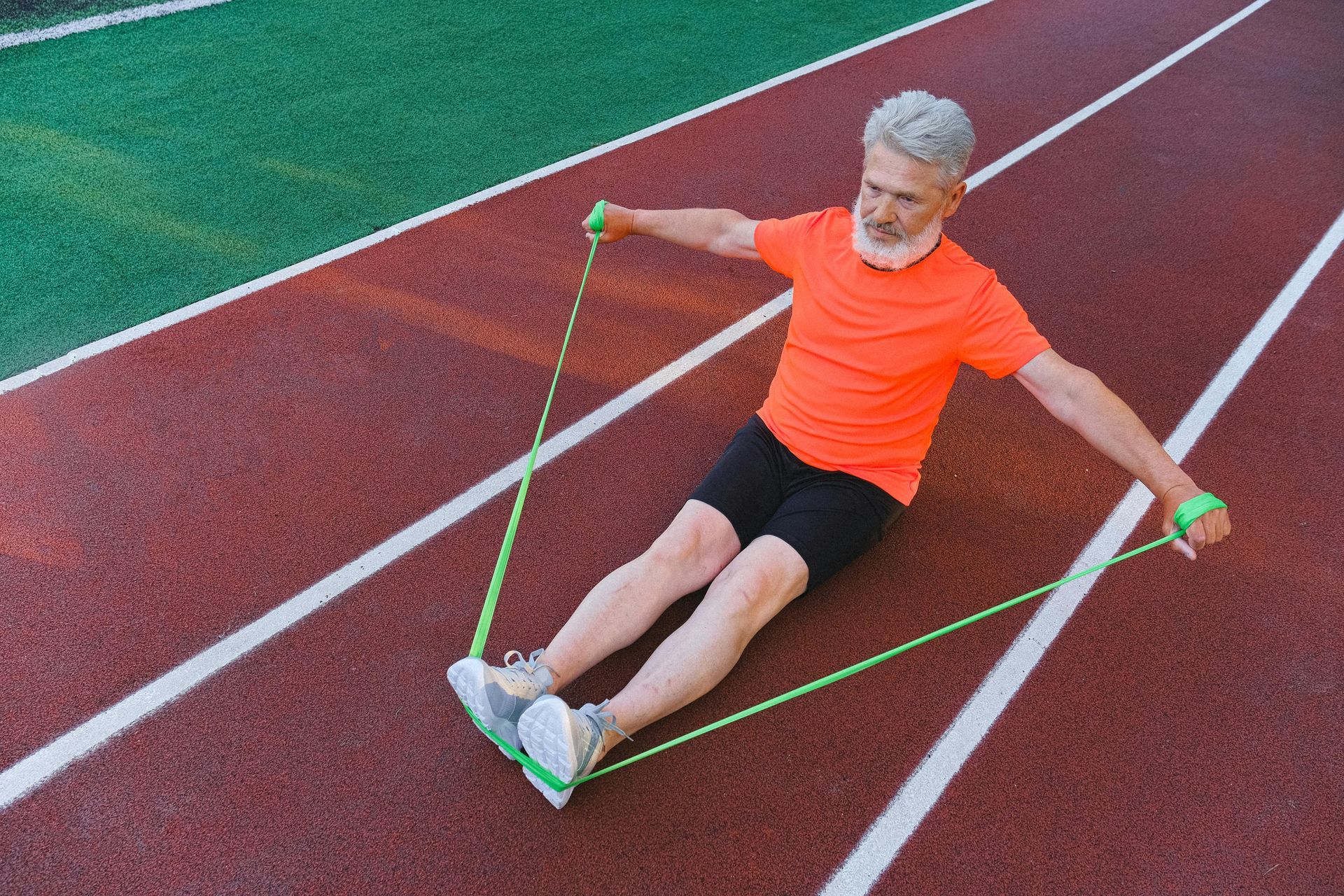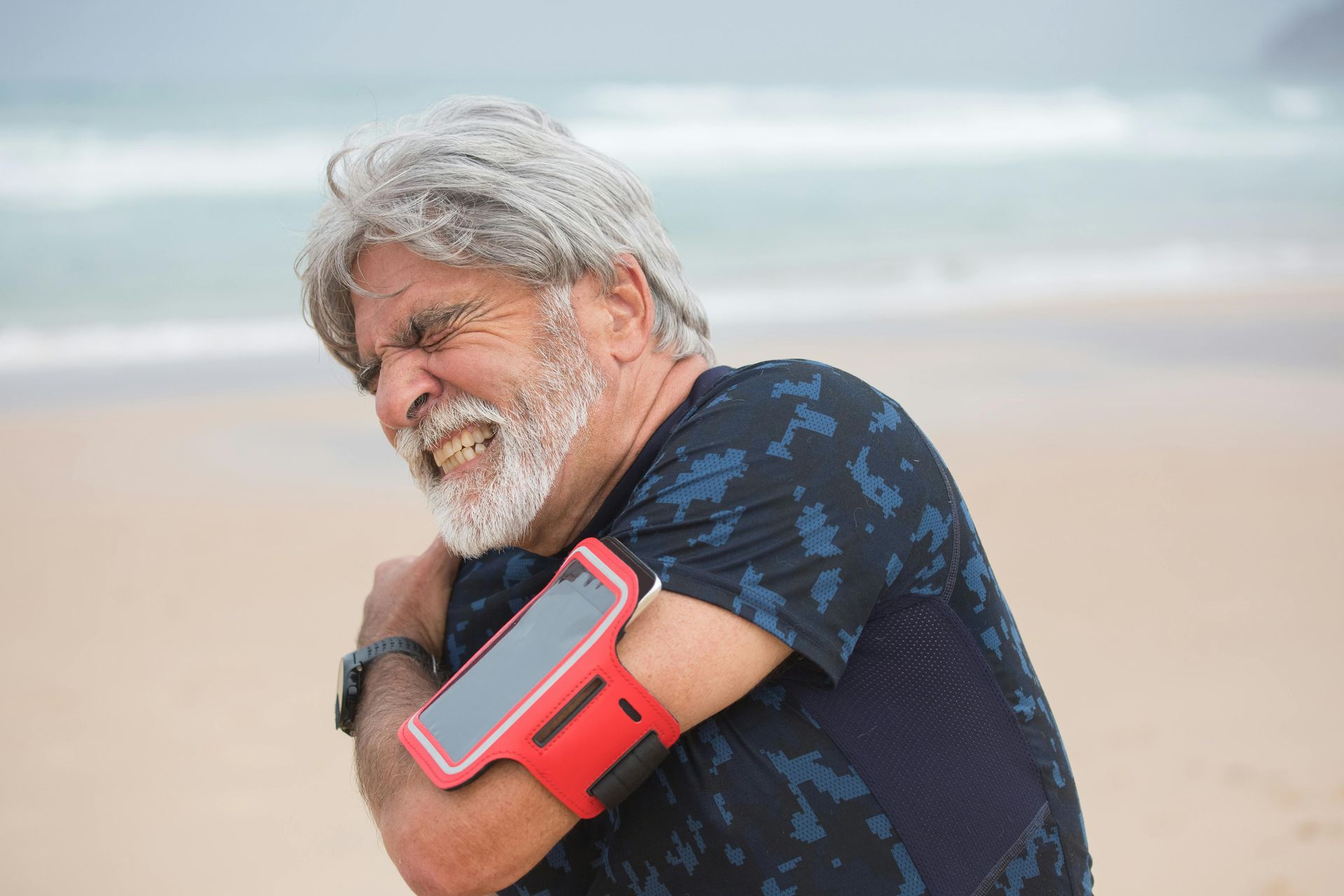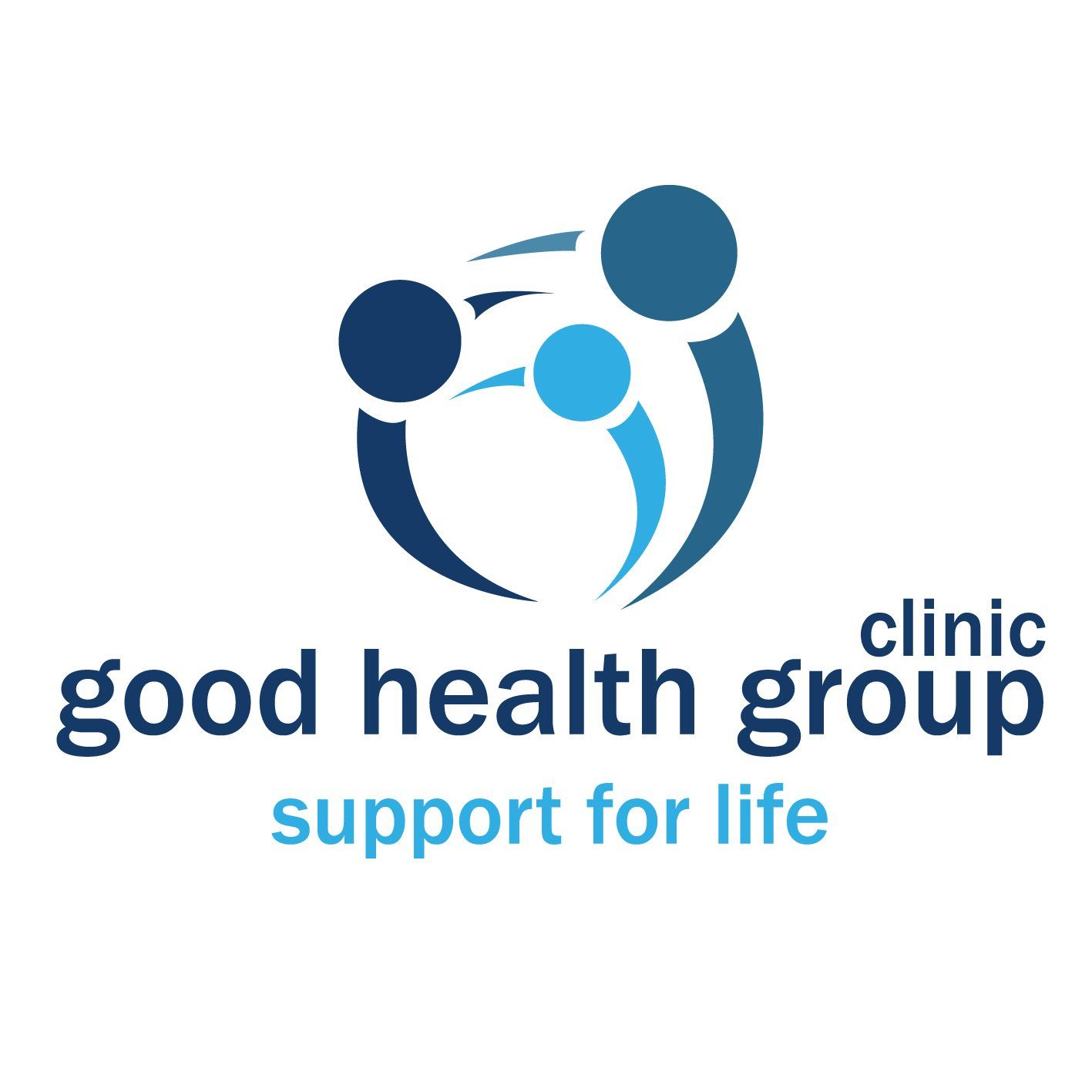The Right Path to Recovery: Why Mobility Comes Before Strength in Rehab

When clients walk into Good Health Group Clinic after a musculoskeletal injury, most have one goal in mind, getting stronger.
Strengthening exercises have long been seen as the gold standard for recovery, but in reality, jumping into strength training too soon can often make things worse rather than better.
Over the years, I’ve noticed a common pattern, more than half of my clients experience aggravation when they begin strengthening exercises early in rehab. Their pain flares up, movement feels unnatural, and their body starts compensating in ways that lead to more dysfunction. This got me thinking 'Is there a better way?'
The Mistake of Strength Too Soon
Muscle strength is essential for stability and injury prevention, but it should never be the first step in rehab. Injured muscles and joints often struggle with stiffness, improper movement patterns, and weakness.
If we load an already dysfunctional movement pattern with strength exercises, we reinforce the dysfunction rather than fixing it.
A study published in the Journal of Orthopaedic & Sports Physical Therapy (2017) found that patients who performed mobility exercises before starting strength training had significantly better long-term outcomes than those who jumped straight into resistance work. Their pain levels were lower, and they showed improved joint stability compared to the strength-first group.
Another study in Sports Medicine (2020) emphasised the importance of progressive loading, stating that early mobility work reduces compensatory patterns and prepares muscles for resistance training more effectively than immediate strength training.
The Smart Way to Rehab: Mobility First, Strength Later
Through trial and experience, I’ve found that
gradual progression from mobility to strength is the key to sustainable recovery. I structure my clients’ rehab in three phases:
Phase 1: Easy Mobility Exercises (Weeks 1-4)
At the beginning, the goal isn’t to build strength, it’s to
restore movement without pain. I introduce
gentle mobility exercises that allow the body to get used to movement again. These exercises focus on:
- Improving joint range of motion
- Reducing stiffness and tension
- Enhancing neuromuscular control
Exercises like rock back breathing, pendulum swings, or heel slides help clients regain control over their movements without overloading their injured muscles.
Phase 2: Mobility with Dynamic Movements (Weeks 4-6)
Once clients move better and feel more confident, I
progress mobility work by incorporating dynamic movements. This bridges the gap between passive mobility and active control. The goal is to:
- Introduce functional movement patterns
- Improve coordination and balance
- Prepare muscles for strength training
At this stage, I might include lunge-to-reach movements, hip CARs (Controlled Articular Rotations), or resistance band-assisted dynamic stretches. These exercises mimic real-life movements, helping the body adjust before adding weight.
Phase 3: Strength Training with Bodyweight or Light Resistance (Weeks 6+)
After at least four weeks of mobility work, I introduce
basic strength exercises using body weight or light resistance. By now, their body is:
- Moving with better control
- Less stiff and more adaptable
- Ready to handle gradual strength loading
This phase includes bodyweight squats, glute bridges, resistance band exercises, and scapular push-ups, allowing clients to build strength without overloading weak or unprepared muscles.
Why This Approach Works
Many rehab protocols rush into strengthening exercises, but my approach focuses on
building a foundation before loading it. It’s like constructing a house,
you wouldn’t start with the walls before laying a solid foundation.
This method has helped my clients:
- Reduce pain and avoid flare-ups
- Improve long-term mobility and stability
- Prevent compensatory movement patterns
A 2022 systematic review in the Journal of Rehabilitation Research & Development confirmed that progressing from mobility work to strength training significantly reduces reinjury risk and enhances rehabilitation outcomes. It reinforces what I’ve seen in practice—when mobility comes first, strength work becomes more effective and sustainable.
A Smarter Way to Recover
The road to recovery isn’t a race, it’s a
strategic progression that ensures lasting results.
By prioritising mobility exercises for the first 2-4 weeks, transitioning into dynamic mobility for another 2-3 weeks, and only introducing strength training after at least four weeks, we allow the body to heal properly and adapt to movement.
This approach doesn’t just lead to faster recovery, it prevents reinjury and improves long-term performance. Whether you’re an athlete returning to sport or an everyday person overcoming an injury, moving well first and strengthening later is the key to a successful rehab journey.
How Good Health Group Clinic Can Help
At
Good Health Group Clinic, we believe that rehab should be
personalised, progressive, and pain-free. Our experienced team of practitioners works together to create an effective rehab plan tailored to your needs:
Myotherapist
Ian Selvarajoo specialises in soft tissue therapy, mobility work, and neuromuscular release techniques to improve movement patterns and reduce pain.
Chiropractor
Dr. Tanja Nishibata focuses on spinal alignment, joint function, and postural correction to enhance movement efficiency and prevent compensatory injuries.
Remedial and Dry needling therapist Sam Noh provides hands-on treatment, including deep tissue massage, dry needling, and targeted exercise recommendations to support rehab and recovery.
Whether you're recovering from an injury, struggling with chronic pain, or looking to improve mobility before returning to exercise, our team will guide you through each phase of rehab, ensuring a smooth and sustainable recovery.
If you’re dealing with an injury and unsure how to progress, Good Health Group Clinic is here to help. Book a consultation with our team, and let’s build a smarter recovery plan that keeps you pain-free and moving strong.
Reference
- Journal of Orthopaedic & Sports Physical Therapy (2017). Effects of Early Mobility Exercises on Long-Term Recovery in Musculoskeletal Injuries.
- Sports Medicine (2020). Progressive Loading in Rehabilitation: A Systematic Review of Mobility and Strength Training in Injury Recovery.
- Journal of Rehabilitation Research & Development (2022). The Impact of Mobility-Based Rehabilitation on Injury Outcomes: A Systematic Review and Meta-Analysis.
Blogs


